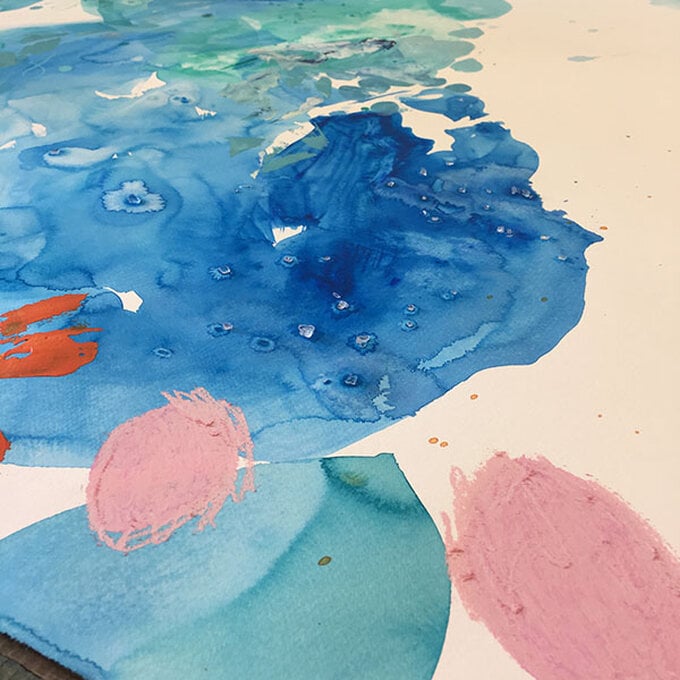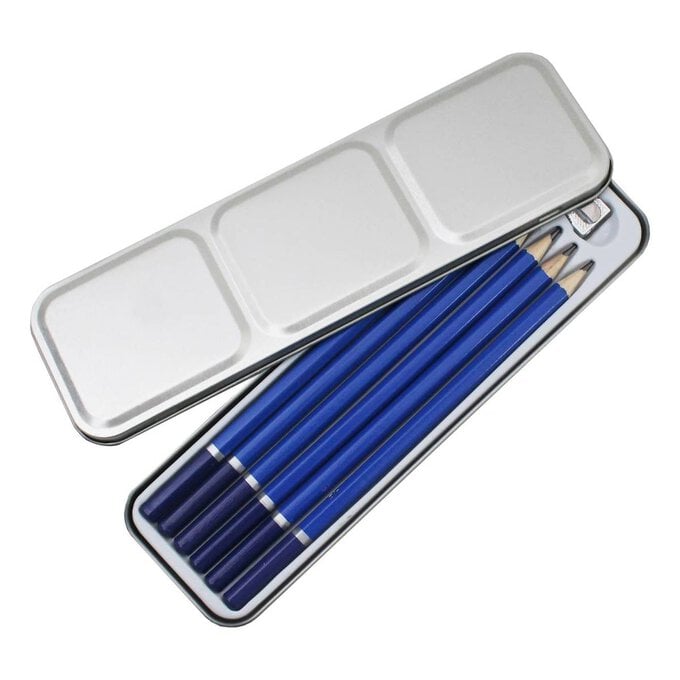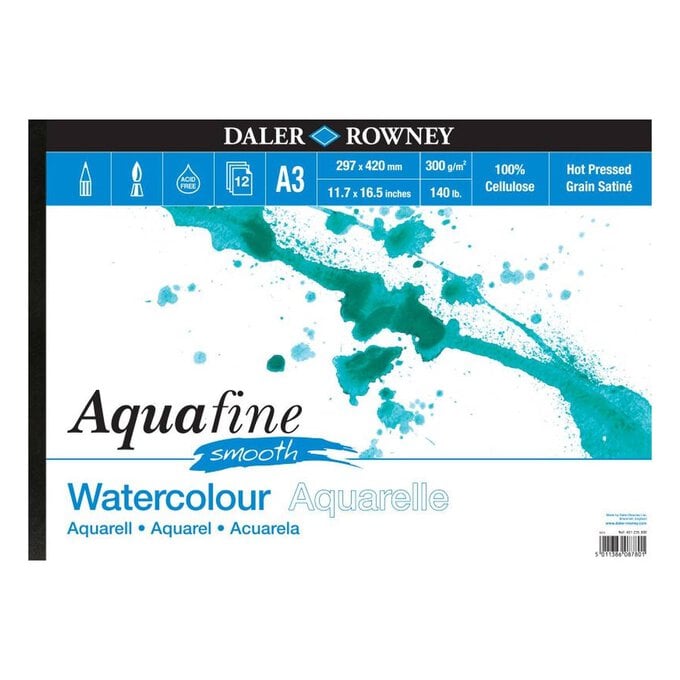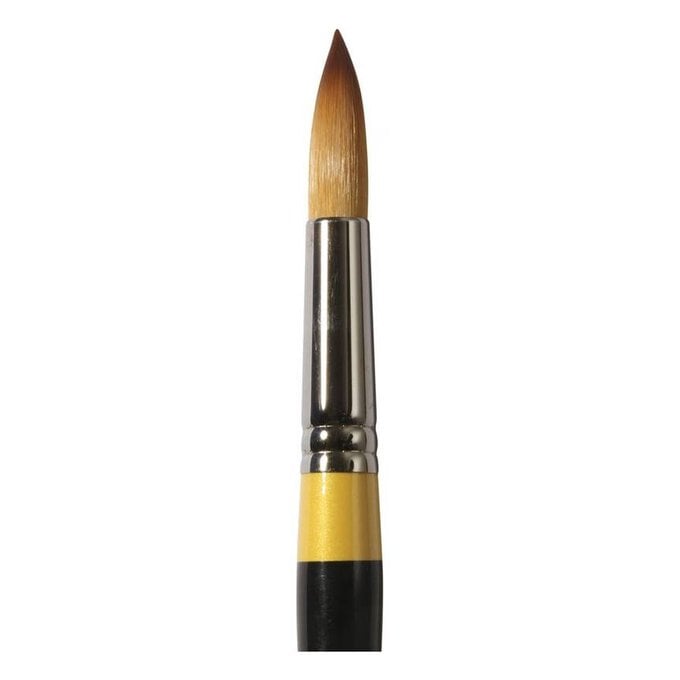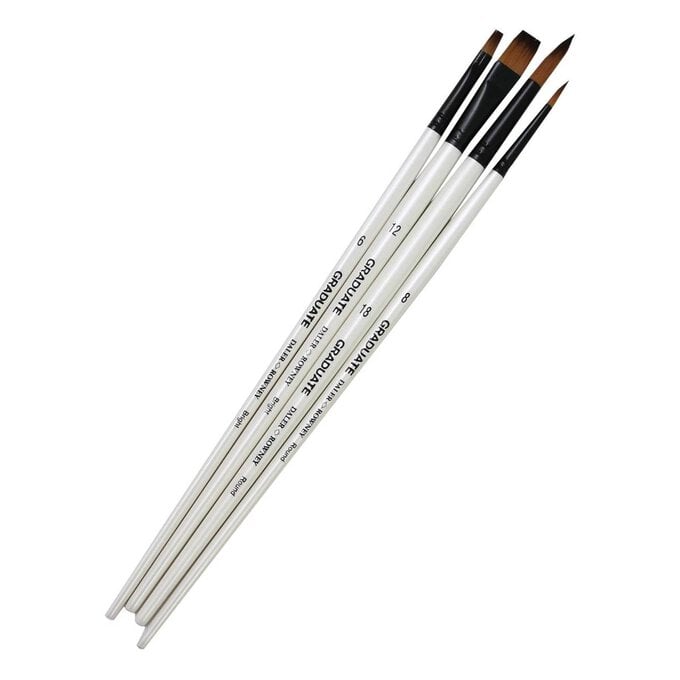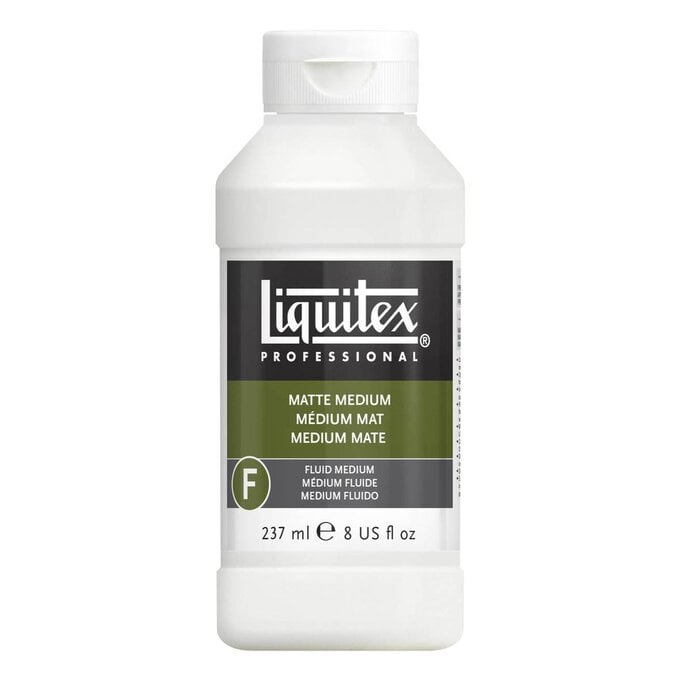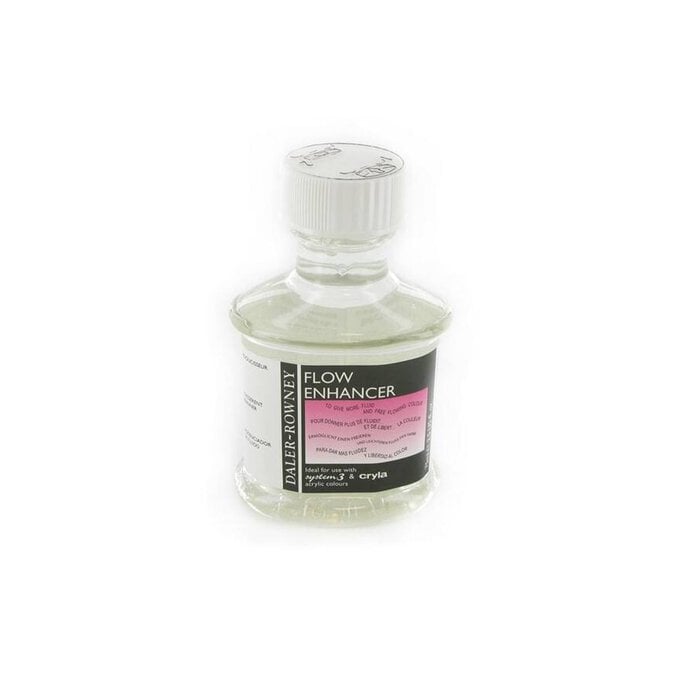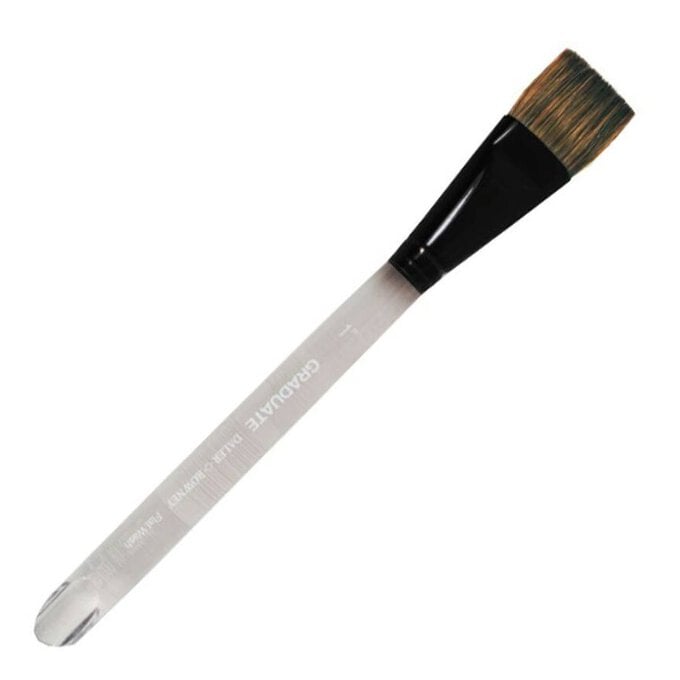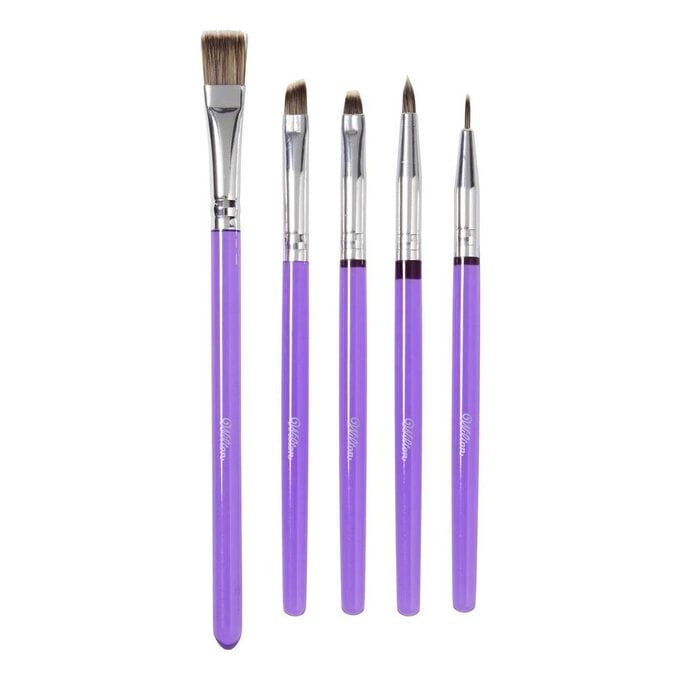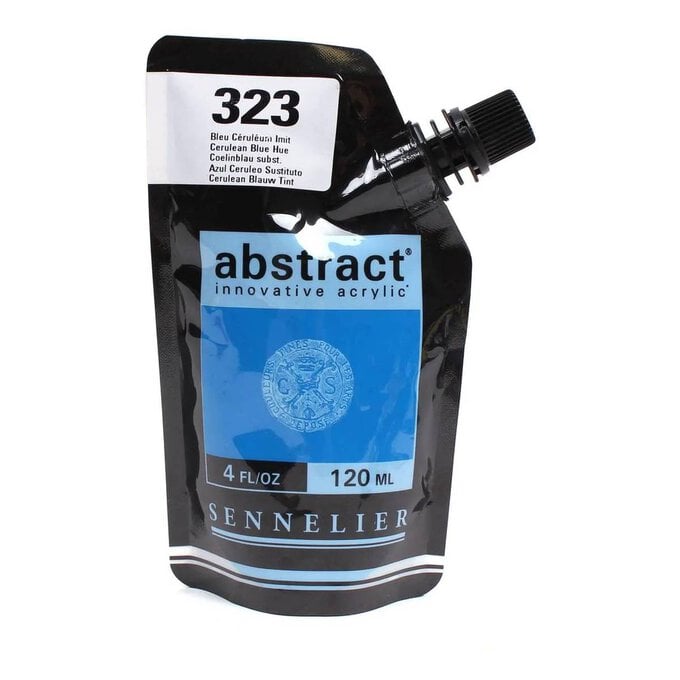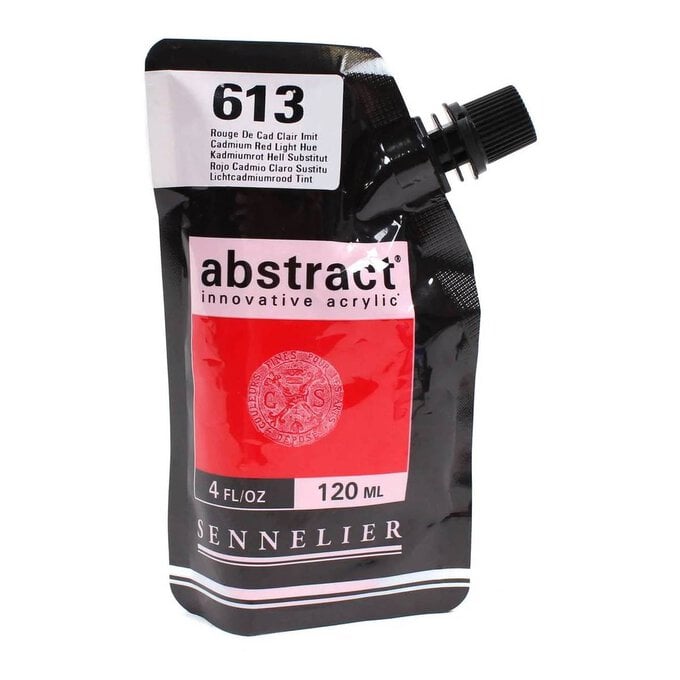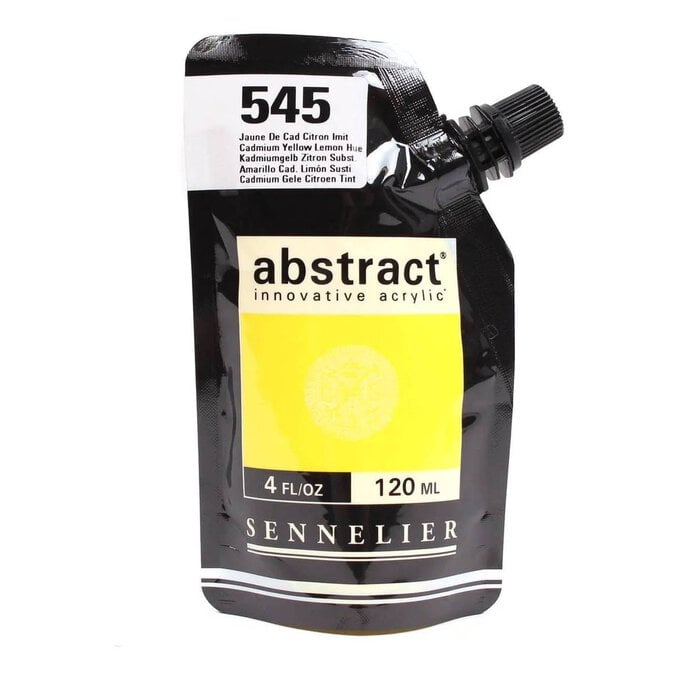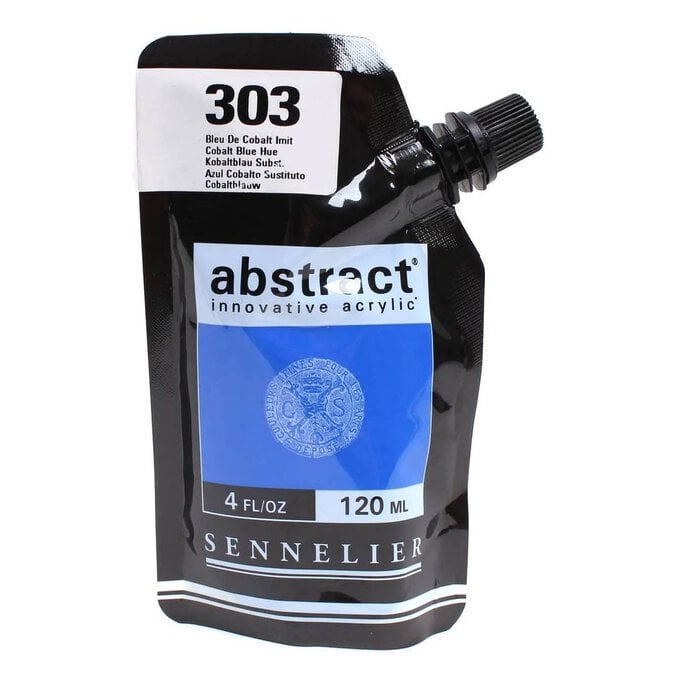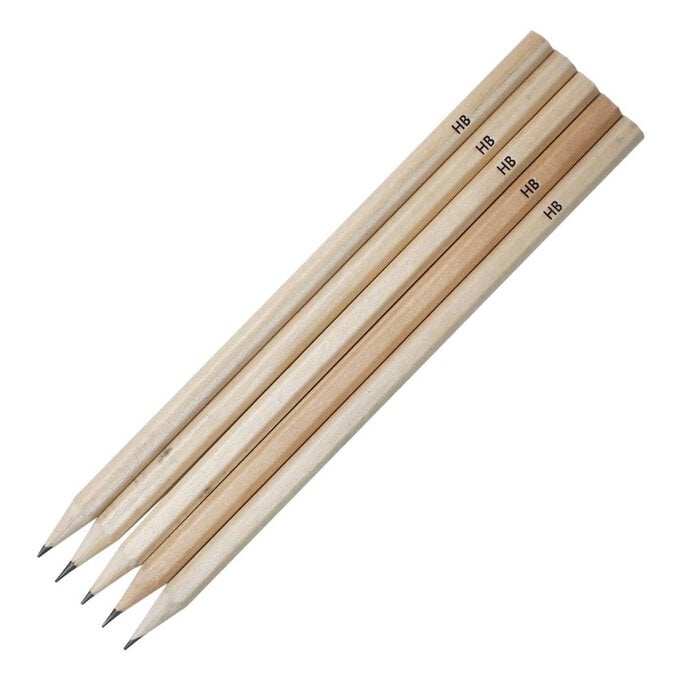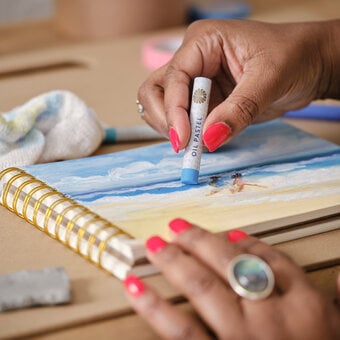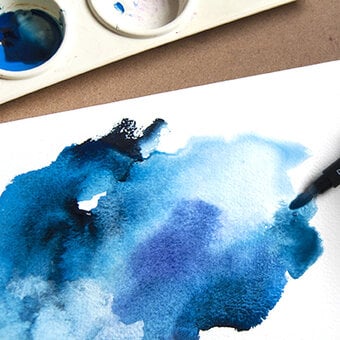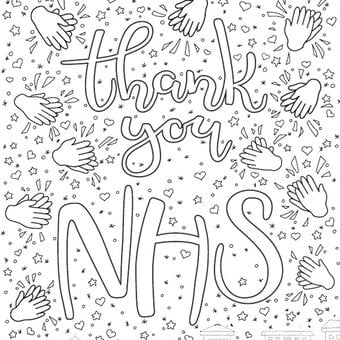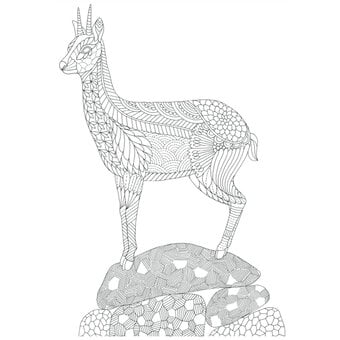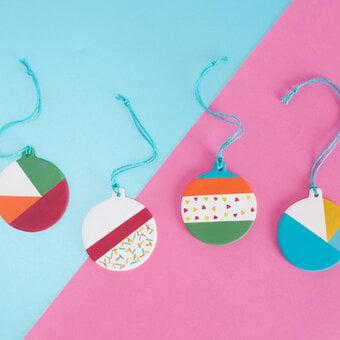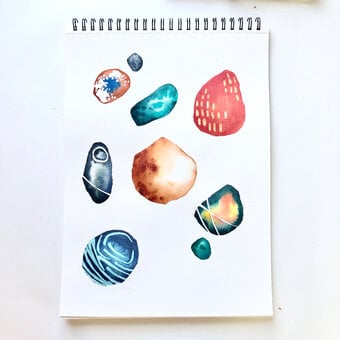How to Create a Large Scale Abstract Artwork
Following along with this tutorial and learn a variety of non-traditional and intuitive techniques that combine to create an expressive and colourful composition.
If you're feeling brave and creative, challenge your intuition and try a whole range of media in your next painting!
Project and instructions by Emma Howell
You will need
Subtotal
Is $ 11.00
Subtotal
Is $ 22.00
Subtotal
Is $ 11.00
Subtotal
Is $ 16.00
Subtotal
Is $ 22.00
Subtotal
Is $ 10.00
Subtotal
Is $ 13.00 , was $ 18.00
Out of stock
Subtotal
Is $ 9.49 , was $ 12.00
Out of stock
Subtotal
Is $ 5.49
Subtotal
Is $ 13.00
Subtotal
Is $ 3.49 , was $ 5.49
Subtotal
Is $ 3.49 , was $ 5.49
Is $ 3.49 , was $ 5.49
Subtotal
Is $ 3.49 , was $ 5.49
Subtotal
Is $ 3.49 , was $ 5.49
Subtotal
Is $ 3.49 , was $ 5.49
Is $ 3.49 , was $ 5.49
Subtotal
Is $ 3.49 , was $ 5.49
Subtotal
Is $ 3.49 , was $ 5.49
Subtotal
Is $ 4.49
Subtotal
Is $ 1.49
You will also need:
* Kitchen towel
* Sea salt
* Water
Make some plans and sketch out ideas for your large scale painting. Compositions are usually developed from shapes and lines found in the landscape (e.g. the structure of a bridge, the curves of a road or the patterns of fields from a distance).
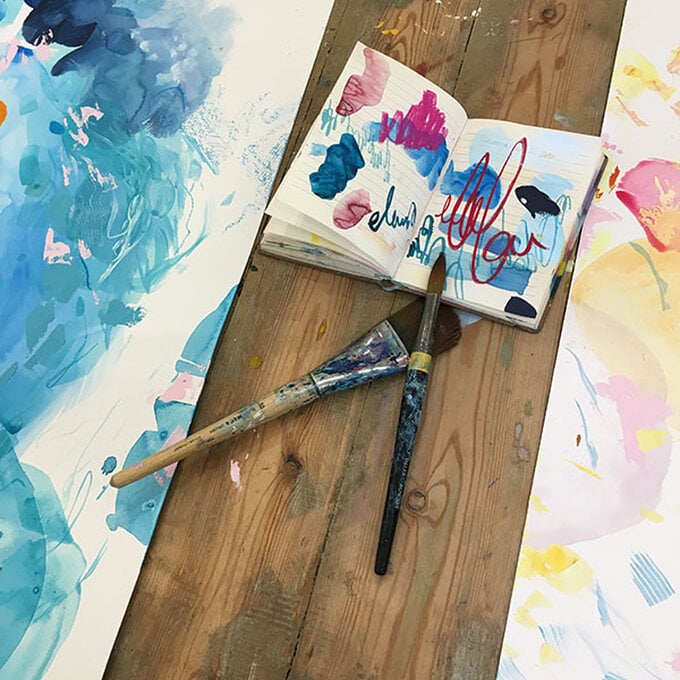
Creating mini practice versions is almost like drawing a map or writing a recipe for yourself. Jot down shapes, textures, lines, colour schemes.
This is optional – you could also go with your instincts once the blank surface is in front of you and create an entirely spontaneous abstract painting.
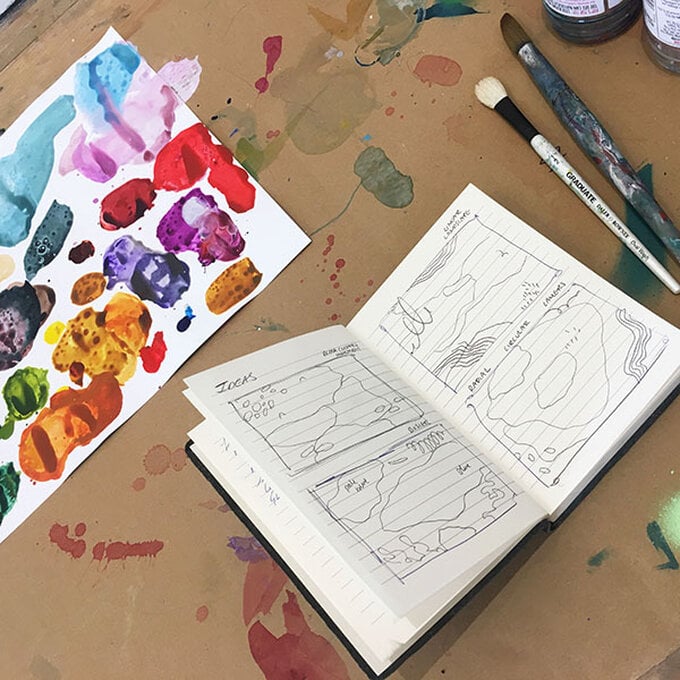
If you feel more comfortable having a plan, drawing out some visual ideas on Photoshop is a good option – especially if you have a graphics tablet and know the programme well. Make a few to give you some options.
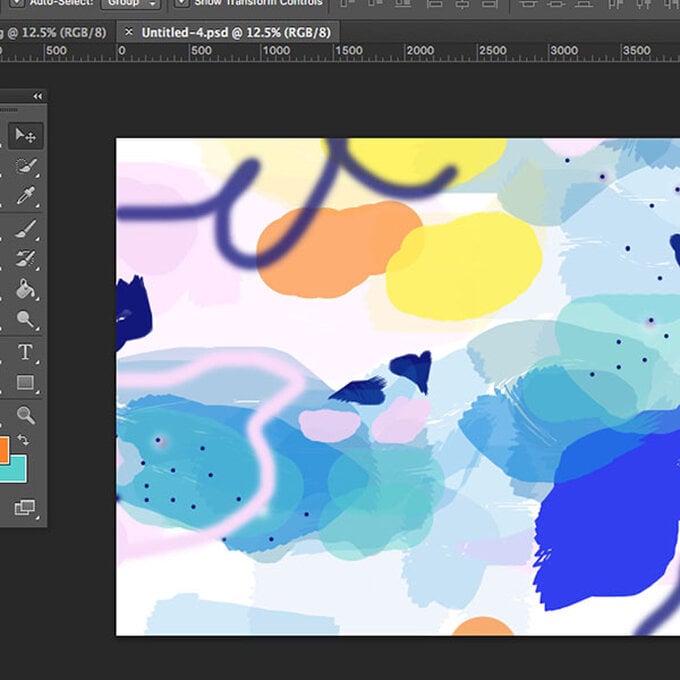
Now, it’s time to gather your materials and set up your space, you’ll need a large floor or wall space. With the materials I use here, I’d recommend working flat to prevent drip marks and water spilling on the floor – it can get messy.
Stick plans, ideas and inspiration examples up on the wall or scatter them around your workplace, so that you can refer back to them while you paint.
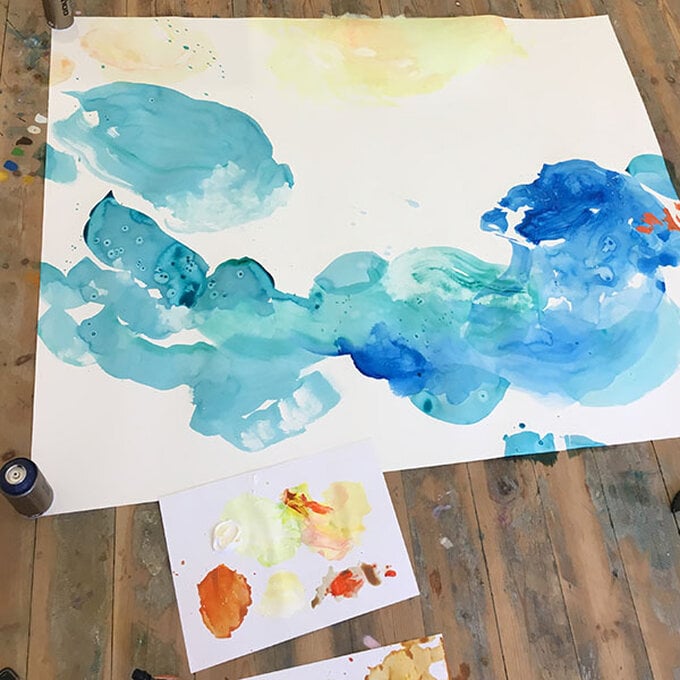
We're experimenting with a wide range of media and working in layers here. Start off by watering down the main colours in your painting with a drop of flow extender (this helps the paint pigment stretch further on the surface).
Then with large brushes, map out and apply each of your colours to the paper freely and energetically, being aware of your composition, as these hues combined will act as your painting's backdrop.
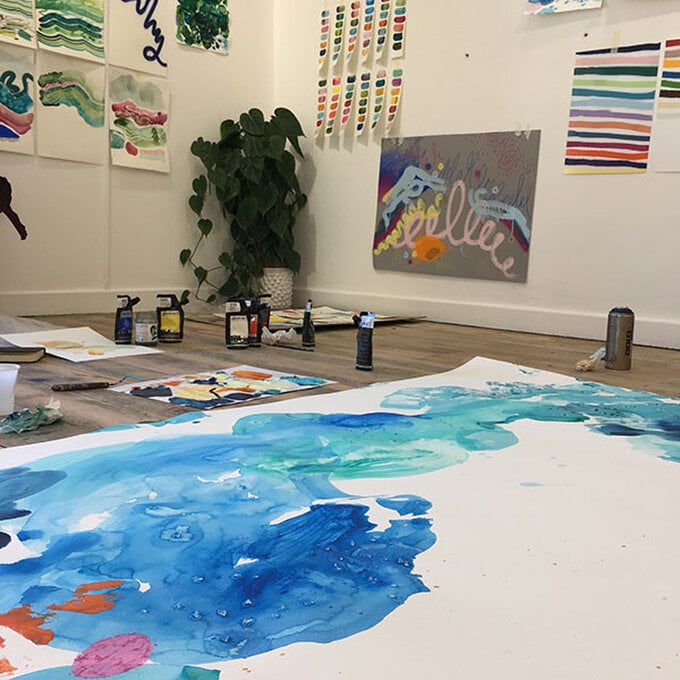
Now it's time to introduce another technique. To add another dimension and texture to your work, scatter whole sea salt crystals to the wet paint and watch it make magic.
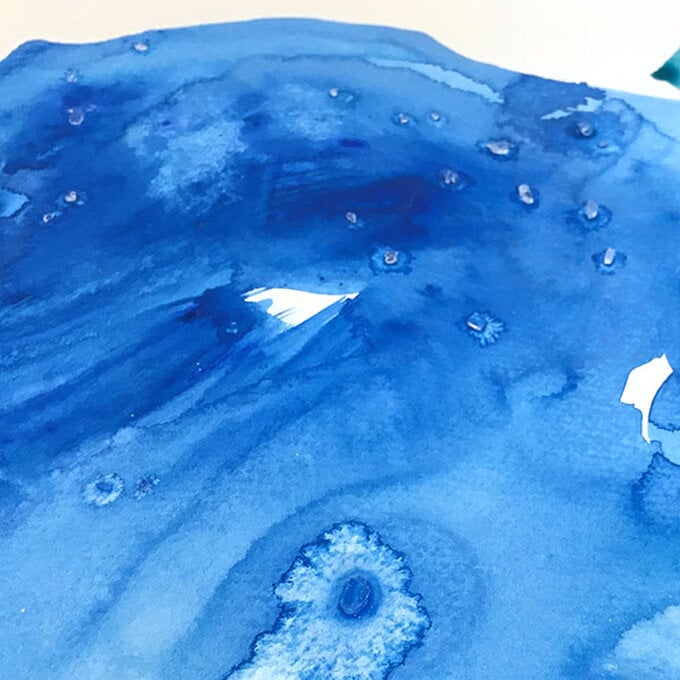
As watered down paint can get a little messy, I recommend using kitchen towel to blot away excess water. In doing this, you can also build up textures and layers.
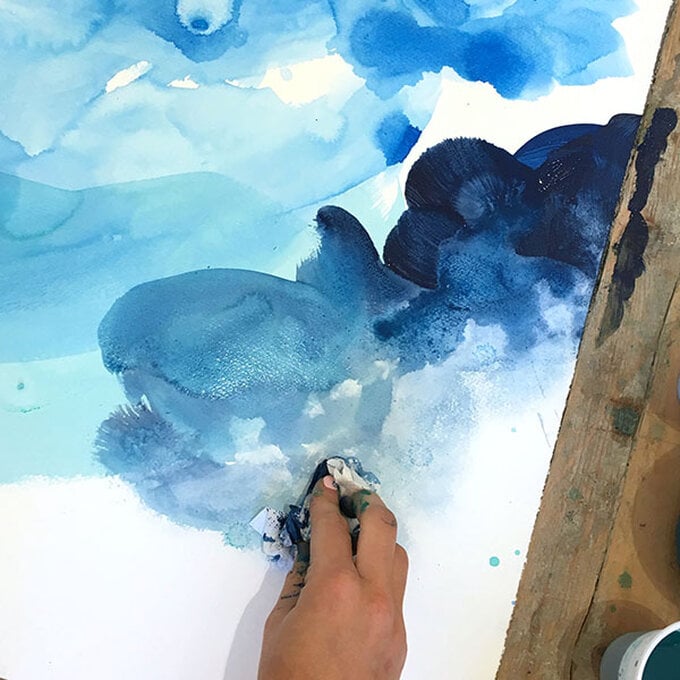
Once your background colours and sea salt crystals have dried, brush them off and put them in a container, because you can reuse them!
Next, you can start building on your layers and introducing new techniques. This is your time to play around with more colour and texture, and experitment with different ways of applying paint.
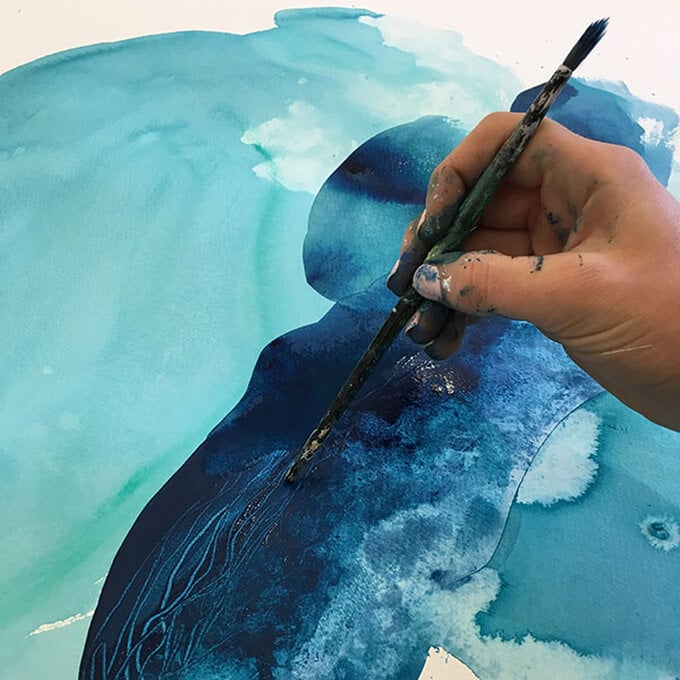
Perhaps you could add a more opaque layer of paint, wipe some of it away with kitchen towel for texture and then use the back end of a paintbrush to scratch lines into the paint.
Or add matte medium to your paint for a thick and transparent layer of pigment. Maybe even use a thin brush to add whispy thin lines of movement and spontaneity – it’s entirely up to you.
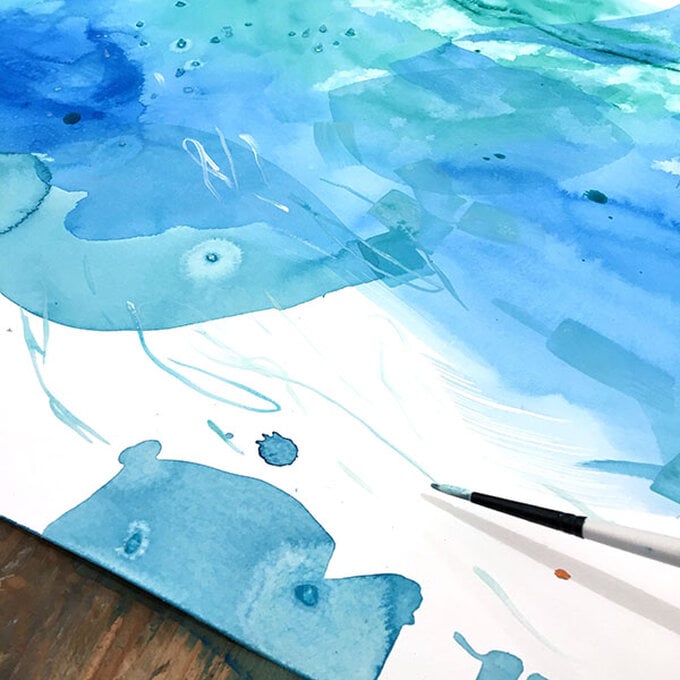
A palette knife is a great tool to add texture and thickness to a layer. So, mix up a few colours and carefully glide it along the surface of the paper.
This tool is great when you want to add a fleck of colour or build a water/mountainous scene.
Once your techniques start to come together, your composition will appear – and whether it matches your original plans or not, you'll feel more confident with your next steps. Step back, take some photographs and get some perspective before moving on
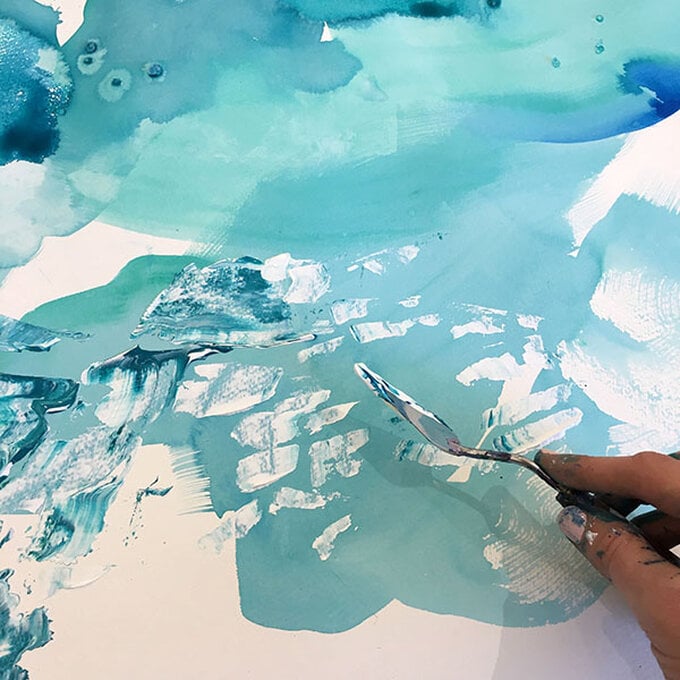
Once your paint layers have dried, it's now time to add layers of a different medium – soft pastels. Ideally, these should be applied on the top layer, as you would hide their beautiful texture if they were covered in paint.
Pastels have quite high pigment and appear very opaque when applied in blocks, so be careful with your colour choices here. They're versatile, so you could use them for block colouring, fast corkscrewed marks or on their side for a rough texture. Practice on some scrap paper or a notebook and experiment!
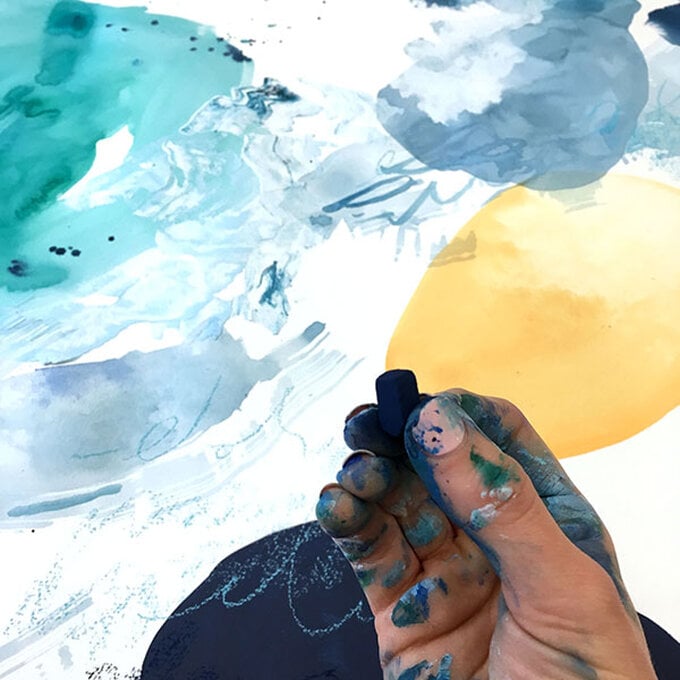
Once your techniques start to come together, your composition will appear – and whether it matches your original plans or not, you'll feel more confident with your next steps. Step back, take some photographs and get some perspective before moving on.
By now, you'll have a large, striking surface in front of you, covered in an array of textures and layers.
